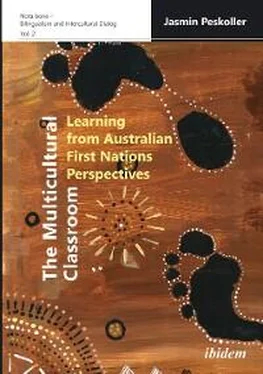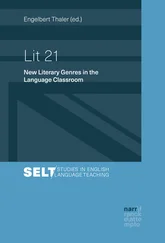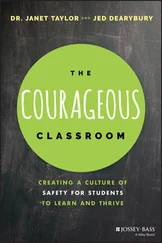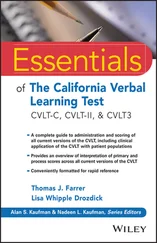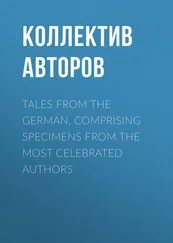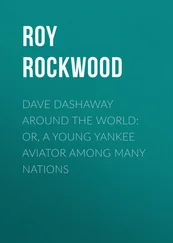While weak forms of bilingual education include the risk of fostering a subtractive form of bilingualism (see Figure 2), strong forms, on the contrary, encourage additive bilingualism. Connecting the concepts of language and culture, Baker (2011, 249) states that “bilingual education ideally develops a broader enculturation, a more sensitive view of different creeds and cultures” and it “will usually deepen an engagement with the cultures associated with the languages, fostering a sympathetic understanding of differences”.
Two approaches that are classified as strong forms of bilingual education in the typology presented in Table 1, immersion education and two-way education, will now be investigated more deeply. In addition, the two-way concept is explored further in connection with contemporary Australian educational discourse in Chapter IV.4.1.
Linguist François Grosjean (2010, 239) describes a two-way program as a form of bilingual education “that promotes bilingualism and biliteracy, as well as a very real understanding of the people and cultures involved.” Both languages are actively implemented in class and used throughout schooling with students who usually come from one of two main language groups (Grosjean 2010, 239).
In the context of the United States, Baker (2011) outlines that this strong form of bilingual education is typically applied when an almost equal number of minority and majority language speakers exists in one classroom. Baker exemplifies this with a group of learners in which one half speaks Spanish as their home language while the other half speaks English as their L1. Generally, ensuring a language balance in both status and number of speakers in order to prevent one language variety from becoming dominant is paramount in two-way schools (Baker 2011, 222–223).
The major goal of such types of schooling is to foster bilingualism, biliteracy, and biculturalism for all students. In order to achieve this aim, several practices are employed such as assigning both languages equal status, implementing a bilingual school ethos, and making use of bilingual staff members and language minority parents as teacher aides (Baker 2011, 225–226).
3.2.2 Immersion Education
Another possibility for actively acknowledging various linguistic and cultural backgrounds in educational settings is immersion education, which qualifies as a strong form of bilingual education (Baker 2011, 222) (see Table 1). Various scholars have demanded that educational approaches only qualify as immersion education if at least 50% of class time is spent on subject-specific education using a language other than students’ L1 for instruction (Surkamp 2017, 134; Tedick, Christian & Fortune 2011, 2).
Generally, Brown (2007) outlines that immersion education is predominantly adopted in additive bilingual contexts in which learners normally share the same home language and show close levels of proficiency in the target language. Frequently, the teachers in immersion education know or even share the students’ linguistic or cultural background (Brown 2007, 141). In this regard, García (2009, 149) emphasizes that “[d]espite the immersion of the child in the other language for education, the child’s home language is honoured, respected, used throughout the school, and taught right after the immersion period.”
Differentiating between programs, Tedick, Christian, and Fortune (2011) name foreign language immersion, bilingual immersion, and Indigenous language immersion as the three major types of immersion education. These as well as their respective characteristics are consolidated in Table 2:
| Foreign language immersion programs (one-way) |
Bilingual immersion programs (two-way) |
Indigenous language immersion programs |
| linguistically homogenous students; speaking majority language additive bilingualism and biliteracy academic achievement fostering development of intercultural understanding |
language minority and language majority students learning each other’s languages additive bilingualism and biliteracy academic achievement cross-cultural understanding |
indigenous and increasingly more non-indigenous leaners revitalize endangered indigenous languages and cultures can be one- or two-way additive bilingualism and biliteracy home identity academic achievement |
Table 2: Types of Immersion Education 7
Building on this three-fold typology, Baker (2011) suggests a further differentiation be made according to the learners’ commencing age and the total amount of immersion time. Table 3 illustrates Baker’s approach:
| AGE |
Early immersion (infant stage) |
Middle immersion (approx. ten years) |
Late immersion (secondary level) |
| TIME |
Total immersion commences with 100% immersion, reducing to 80% after several years and finishing junior schooling with 50% immersion in the second language per week |
Partial immersion comprises 50% immersion in the second language throughout schooling |
Table 3: Decisive Factors in Immersion Education 8
In reference to both Table 2 and Table 3, Surkamp (2017, 134) notes that education systems in multicultural contexts favor two-way immersion programs in which teachers and learners from two language groups work together.
Building on several of the previously addressed challenges and realities concerning teaching and learning in linguistically and culturally diverse classrooms, different education policies will now be investigated regarding their respective effects on minority language speakers, specifically looking at their situation in schools. 9
In regards to teaching and learning in multicultural classrooms in a global age, Hornberger (2009, 197) observes that “[e]thnolinguistic diversity and inequality, intercultural communication and contact, and global political and economic interdependence are more than ever acknowledged realities of today’s world, and all of them put pressures on our educational systems.” Fundamentally, Serra et al. (2018, 33) establish that “the culture of an education system reproduces the culture of a society’s dominant classes—in other words, schools are microcosms of societal power structures.” Contrasting policy statements and legal documents from designated multilingual and multicultural countries across the globe, it is possible to detect greatly differing levels of importance attributed to them and varying degrees of readiness to implement educational approaches in multicultural classrooms. Hence, Churchill’s observation from the 1980s is undoubtedly still valid today:
[P]olicy making about the education of minorities must cope with an overriding fact: almost every jurisdiction in the industrialized world is failing adequately to meet the educational needs of a significant number of members of linguistic and cultural minorities. (Churchill 1986, 8)
Adding to this and to Yiakoumetti’s observation in section 3.1., Trudgill (2000, 126) states that the “teaching of minority languages […] is obviously of benefit to minority-group children, not only in the learning of reading and writing but in other subjects as well.” According to Trudgill, doing so would have “an effect of recognizing the child’s social and cultural identity and integrity and encourages the development and growth of minority cultures” (ibid., 126). In this sense, Pike (2015, 159–160) identifies the following necessity:
As majorities can so easily pay scant regard to the wishes of minorities in a democracy, it is vital to educate members of the majority about the perspectives of minorities. […] A focus on understanding and appreciating the differences between the cultural background of minority ethnic groups and the majority should not be eschewed.
Читать дальше
